The rainforests of Southeast Asia harbor a unique and often overlooked bear—the sun bear. The smallest of the world’s eight bear species, this remarkable creature is a master of arboreal life, a critical seed disperser, and a cultural icon. This comprehensive guide delves into the fascinating world of the sun bear, exploring its biology, behavior, habitat, and the challenges it faces in a rapidly changing world.
The Sun Bear: A Profile in Gold
The sun bear, scientifically known as Helarctos malayanus, earns its name from the golden crescent marking on its chest. This striking feature, while visually appealing, is unique to each individual, much like a human fingerprint. Adults typically weigh between 65 and 150 pounds and stand around two to five feet tall. Their sleek, short, black fur helps dissipate heat in the tropical climate, and their relatively small size allows them to navigate the forest canopy with ease. Their paws are large and equipped with inward‑facing claws, perfectly adapted for climbing trees.
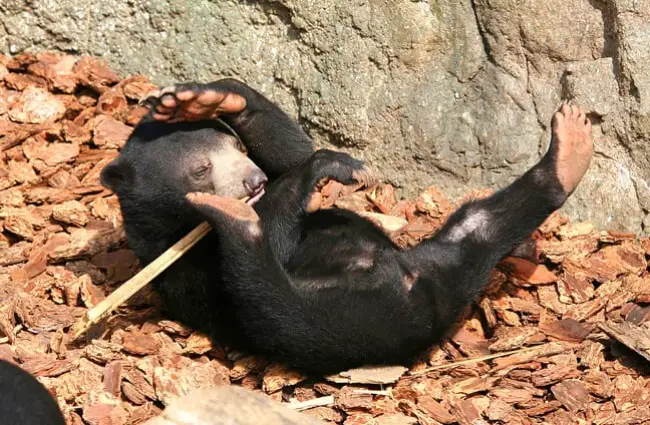
Habitat and Distribution
Sun bears are exclusively found in the tropical rainforests of Southeast Asia, inhabiting countries like Malaysia, Indonesia, Thailand, Myanmar, Vietnam, and parts of India. They prefer lowland forests, but can also be found in mountainous areas up to 1,400 meters in elevation. These forests must provide sufficient tree cavities for denning and a consistent supply of food. Their range is unfortunately fragmented due to deforestation, making them increasingly vulnerable.
A Diet of Variety
Unlike many bear species that focus heavily on large game or fish, sun bears have a remarkably diverse diet. They are considered omnivores, with a particular fondness for insects, honey, and fruits. Their long claws are ideal for tearing into trees to access insect larvae and beehives. They also consume small vertebrates such as lizards and birds, as well as palm hearts and other vegetation. This adaptability allows them to survive in diverse forest environments, but also puts them in conflict with humans who cultivate many of the same resources, such as oil palm and fruit trees.
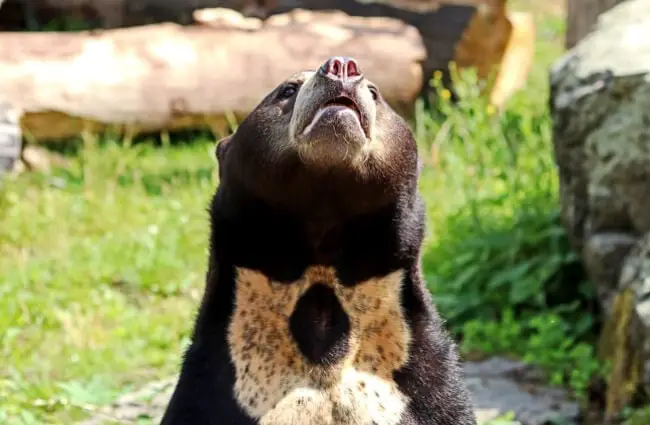
Life History and Behavior
Social Structure and Activity
Sun bears are generally solitary animals, except during mating season or when a mother is raising her cubs. They are primarily nocturnal and crepuscular, meaning they are most active during the night and at dawn and dusk. This behavior helps them avoid the heat of the day and reduce encounters with predators and humans. They communicate through scent marking, vocalizations, and body language.
Reproduction and Cub Rearing
Breeding typically occurs between March and June. After a gestation period of around 95 to 100 days, the female sun bear gives birth to one to two cubs in a tree cavity. Cubs are born blind and helpless, relying entirely on their mother for care. They remain dependent on her for about 18 months, learning essential survival skills such as foraging, climbing, and identifying food sources. The interbirth interval is generally two to three years.
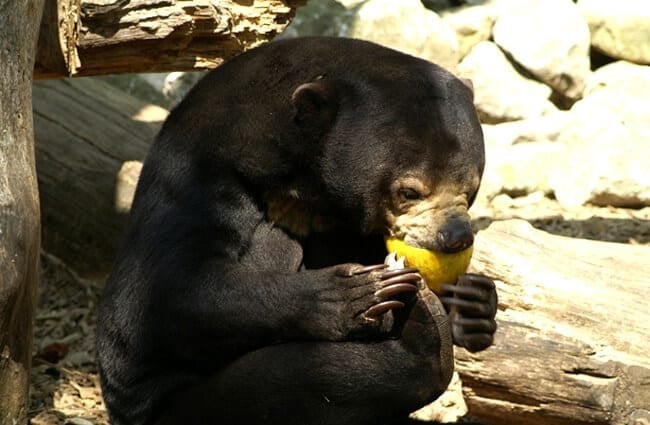
Ecological Role and Interactions
Sun bears play a crucial role in maintaining the health of their forest ecosystems. As they forage for food, they disperse seeds throughout the forest, contributing to plant regeneration. Their digging for insects and larvae aerates the soil and helps control insect populations. They also create tree hollows that provide shelter for other animals. They coexist with other rainforest inhabitants like orangutans, gibbons, and various bird species, sometimes even sharing food sources.
Sun Bears and Humans
Historical and Cultural Significance
In many Southeast Asian cultures, sun bears hold a significant place in folklore and traditional medicine. They are often depicted in art and mythology, and their body parts have been used for medicinal purposes. However, these practices have contributed to their decline in recent decades.
Threats and Conservation Status
The sun bear is currently listed as “Vulnerable” on the IUCN Red List. The primary threats to their survival are habitat loss and fragmentation due to deforestation for agriculture, logging, and human settlement. Poaching for their gall bladders, paws, and other body parts, driven by demand in traditional medicine markets, remains a significant problem. Conflict with humans, who view them as crop raiders, also contributes to their decline.
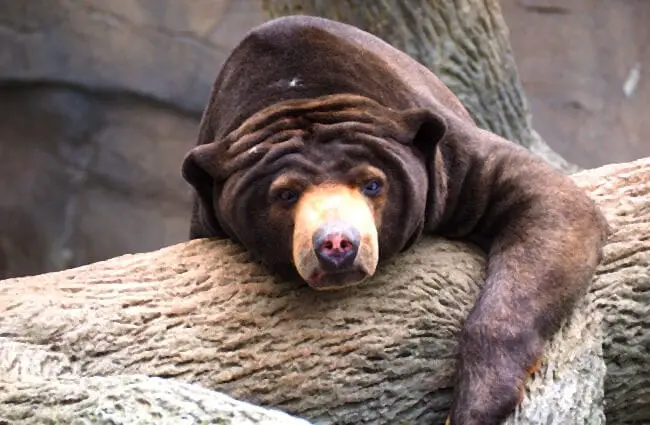
Conservation Efforts
Numerous organizations are working to conserve sun bears and their habitats. These efforts include habitat protection and restoration, anti‑poaching patrols, community education programs, and the rescue and rehabilitation of orphaned or injured bears. Sustainable land management practices and responsible tourism can also play a vital role in ensuring the long‑term survival of these remarkable creatures.
Encountering a Sun Bear: What to Do
While encounters are rare, it’s essential to know how to react if you meet a sun bear in the wild. Remain calm, do not make direct eye contact, and slowly back away. Avoid making sudden movements or loud noises. If the bear approaches, make yourself look large and make noise to scare it away. Carry bear spray if you are hiking in known sun bear habitat.
Caring for Sun Bears in Captivity
Providing adequate care for sun bears in captivity requires understanding their natural behaviors and needs. Enclosures should be large and complex, offering ample opportunities for climbing, foraging, and exploring. Provide a varied diet that mimics their natural food sources, including insects, fruits, and honey. Enrichment activities, such as puzzle feeders and scent trails, are crucial for stimulating their minds and preventing boredom. Social interaction with other bears, where appropriate, can also enhance their well‑being. Avoid prolonged exposure to direct sunlight and provide access to shade and water.
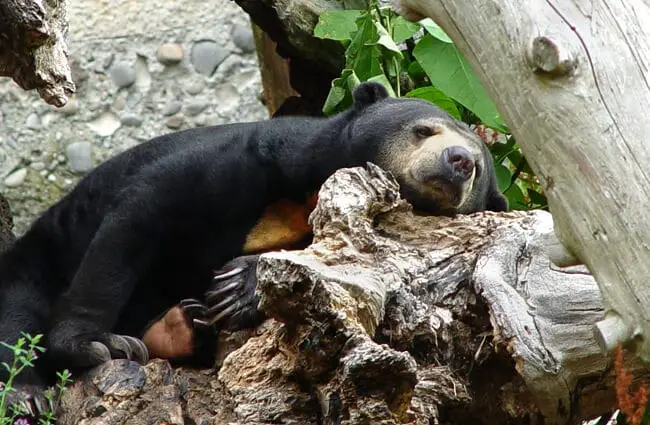
Delving Deeper: Sun Bear Expertise
Evolutionary History
The evolutionary history of sun bears is still being researched, but genetic studies suggest they diverged from other bear species around 5 million years ago. Their unique adaptations, such as their small size and arboreal lifestyle, likely evolved in response to the specific environmental conditions of Southeast Asian rainforests.
Foraging Strategies
Sun bears employ a range of foraging strategies, depending on the availability of food. They use their powerful claws to tear open tree trunks and extract insects and honey. They also climb trees to access fruits and other vegetation. Their long tongues are adapted for extracting insects from narrow crevices.
Physiological Adaptations
Sun bears have several physiological adaptations that enable them to thrive in the tropical rainforest. Their short fur helps dissipate heat, and their large paws provide traction on tree branches. They also have a relatively low metabolic rate, which conserves energy.
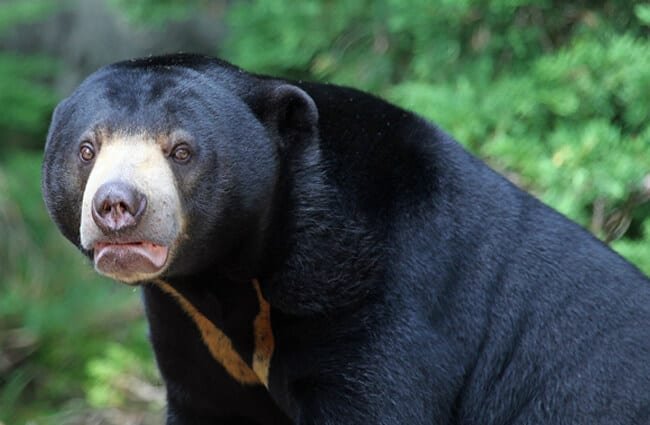
The sun bear, a captivating symbol of Southeast Asian rainforests, faces an uncertain future. By understanding their biology, behavior, and the threats they face, we can contribute to their conservation and ensure that these remarkable creatures continue to roam the forests for generations to come. Their survival is not only vital for the health of their ecosystems, but also for the preservation of a unique and irreplaceable part of our planet’s biodiversity.

![Red Angus Closeup of a beautiful Red Angus cowPhoto by: U.S. Department of Agriculture [pubic domain]https://creativecommons.org/licenses/by/2.0/](https://animals.net/wp-content/uploads/2020/03/Red-Angus-4-238x178.jpg)




![Red Angus Closeup of a beautiful Red Angus cowPhoto by: U.S. Department of Agriculture [pubic domain]https://creativecommons.org/licenses/by/2.0/](https://animals.net/wp-content/uploads/2020/03/Red-Angus-4-100x75.jpg)

